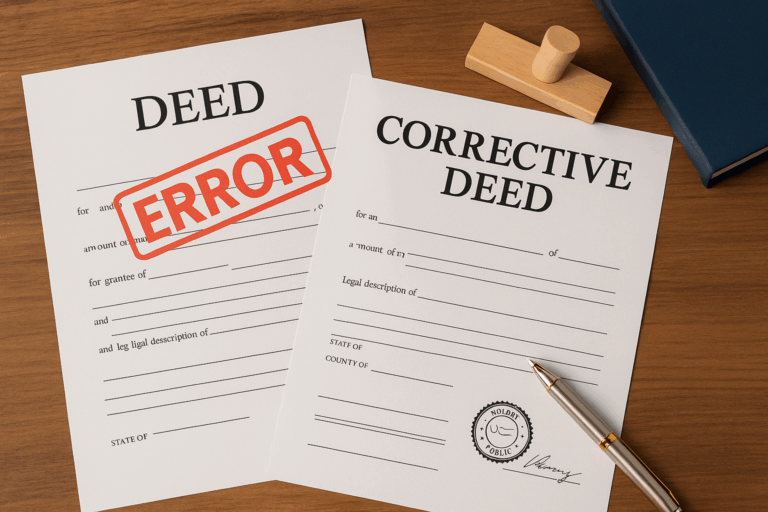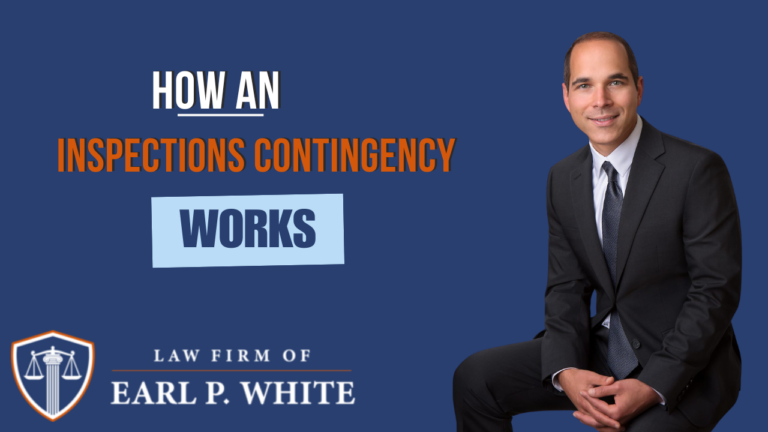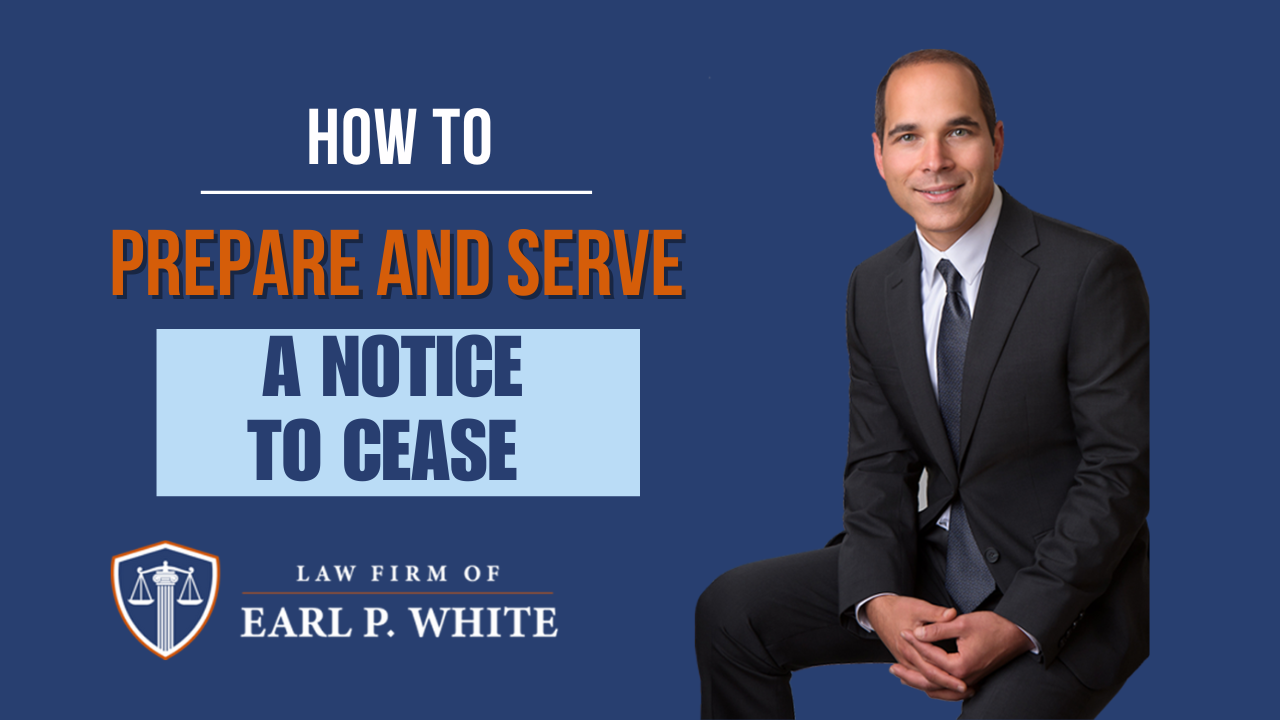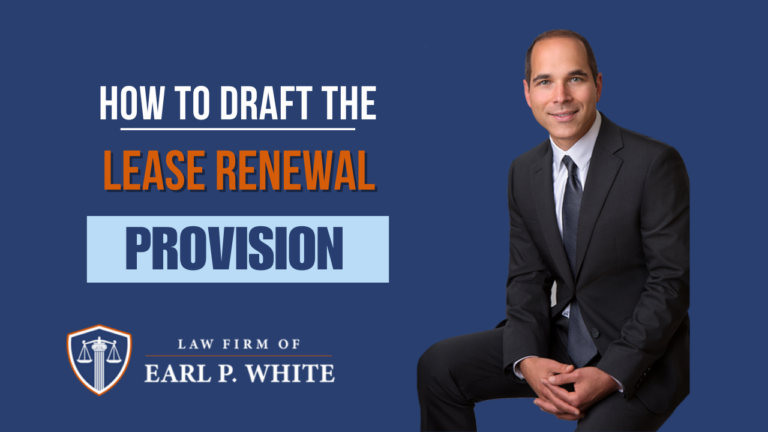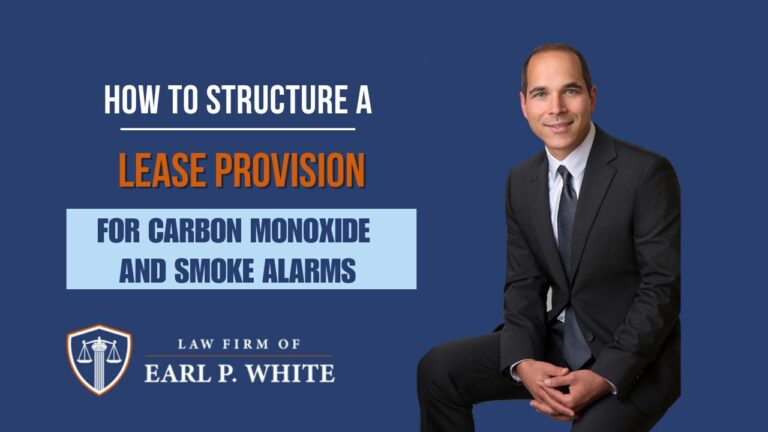Are you seeking to transfer real estate into a trust into New Jersey?
Transferring real estate into a trust in New Jersey is a technique to avoid probate, maintain tax benefits, and set forth property managment now and in the future. Steps to transfer property to a trust are evaluating the reasons for the transfer, trust creation, title search, and drafting, signing, and recording the deed.
Trust formations and deed transfers are significant legal actions requiring strategic decision-making. This blog will discuss whether the transfer aligns with your best intersts and estate planing goals, tax implications, and compliance with legal requirements.
Step1: Understand Why You’re Creating a Trust

The first step in transferring real estate into a trust is confirm you have a valid reason for this course of action.
There are five elements of a valid trust in New Jersey (see Matter of Gonzalez, 262 N.J. Super. 456, 459 (Super. Ct. 1992)):
- Settlor: Person creating the trust by transferring property into it and executing the trust document.
- Res: Property placed into the trust.
- Beneficiary: Person/entity that benefits from the trust assets.
- Trustee: Manager of the trust.
- Specific Fiducirary Duty Between Trustee and Beneficiary: Trustee owes a fiduciary duty of loyalty to the beneficiary (i.e. acting in the beneficiaries best interests).
The common reasons for transferring into a trust are:
- Avoiding probate: Probate is the process the surrogate court appoints a person to settle the affairs of a person after they pass away (including real estate owned by the decedent). Probate is a public process and it can be contested by dissenting family members. A trust allows you to by-pass probate and design how the reale state will be treated after your death without court or family interference.
- Establish control: Trusts allow you to outline how the property is managed both during your lifetime and after your death. You can define the roles and duties of trustees and other fiduciaries.
Trusts are not always an ideal ownership structure.
A common misconception is that transferring property into a trust shields it from creditors. This is only potentially true with irrevocable trusts—which cannot be easily changed and pose significant risks if your family or financial circumstances change.
Step 2: Create the Trust with Legal Counsel

Once you’ve decided a trust is the right vehicle, the next step is drafting the trust document.
- A trust should not be a DIY project. Downloading templates online risks major legal oversights.
- Work with a qualified trust and estates attorney in the state where the property is located. Trust law is complex and state-specific.
- During this stage, determine:
- Who will serve as trustee?
- What assets, aside from the real estate, will be included?
- What terms and instructions will govern the trust?
Once finalized, the trust document must be signed and notarized to be legally effective.
Step 3: Conduct a Title Search

It’s crucial to confirm that the property is free of liens, claims, or other encumbrances.
- Even if you’re the long-term owner, prior lawsuits, inheritance issues, or fraudulent claims may exist.
- A title search, typically costing around $300, should be conducted through a licensed title company.
- The title company will review public records and prior ownership history for any red flags.
- Also consider submitting an Open Public Records Act (OPRA) request to discover:
- Open permits
- Code violations
- Zoning issues or pending municipal actions
These checks are essential to avoid complications after transferring the property into a trust.
Step 4: Prepare the Legal Transfer Documents

At this point, the trust is created, and the title is cleared. Now, you must legally convey the property into the trust through formal documentation.
Essential documents include:
- Deed: Transfers ownership of the property to the trust.
- GIT/REP Forms: New Jersey requires this form to exempt the transfer from the 2% non-resident withholding tax if applicable.
- Affidavit of Consideration: Details whether any payment (consideration) was involved in the transfer. If there’s no actual sale, the transfer may be listed at $1 nominal consideration, but: If the trust assumes a mortgage, that counts as consideration and may trigger realty transfer taxes.
Warning: If there’s a mortgage, check your loan terms. You may need lender approval to avoid triggering a due-on-sale clause, which can call the mortgage balance due upon transfer. Federal law provides exceptions for certain trust transfers where the original borrower remains a beneficiary, but always consult a real estate attorney for guidance.
Step 5: Sign and Record the Documents
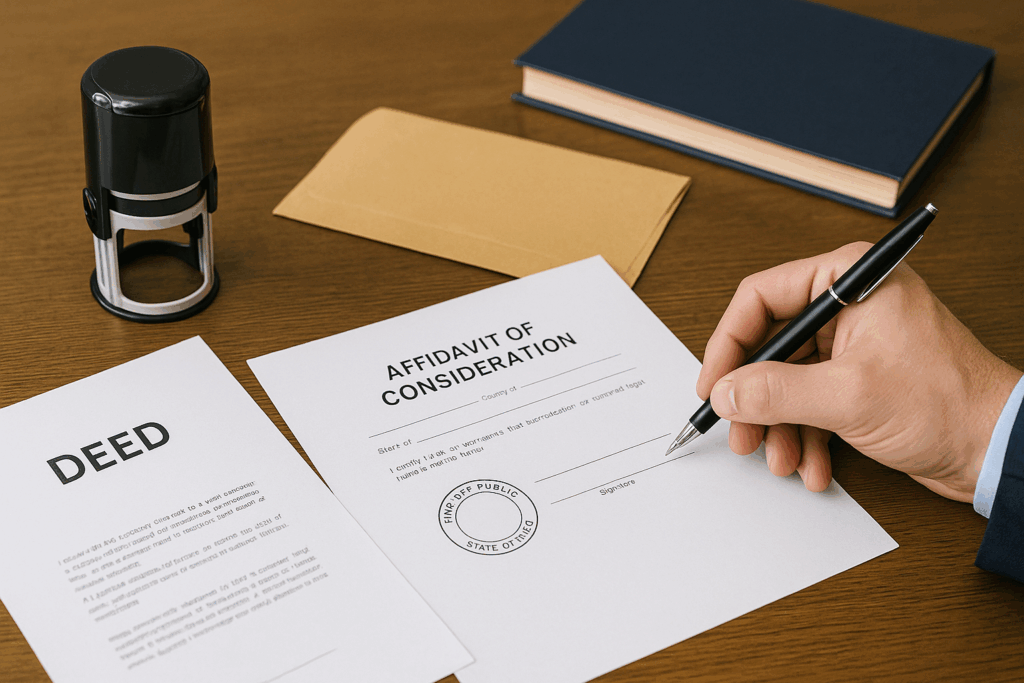
Once all documents are drafted:
- Sign and notarize the deed and affidavit of consideration.
- Your attorney or notary public can handle the notarization.
- Submit the documents for recording with the county clerk’s office.
Today, many counties support e-recording, which is faster and more reliable than mailing or in-person delivery. Upon receipt, the county may request clarifications—such as additional legal citations or date adjustments—before approving the recording.
Once recorded:
- You’ll receive a stamped copy with official book and page numbers.
- Within about 30 days, the tax assessor’s records in your city or town will reflect the trust as the new owner.
Note: There may be a delay between county and municipal record updates. Don’t panic if updates are not immediate—consult your attorney if concerns arise.
Final Thoughts
Transferring real estate into a trust in New Jersey is a powerful tool for estate planning, but the process is nuanced and detail-oriented. From evaluating the need for a trust, to clearing the title, to preparing proper documents—each step must be done with legal precision.
For real estate professionals advising clients or managing their own portfolios, understanding this process can help ensure smooth transfers and avoid costly mistakes.


